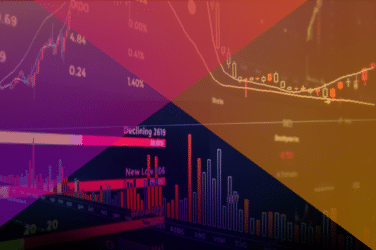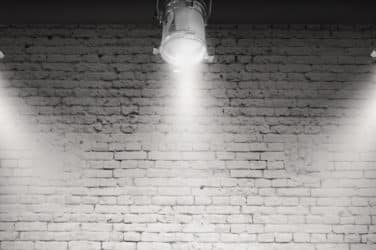The relationship between the buy side and dark liquidity pools one can be a bit complicated.
The buy-side firms want to improve the executions that they receive from the dark liquidity pools and do not want regulators limiting their access to anonymous trading, said Richard Johnson, vice president of market structure and technology at Greenwich Associates while hosting a webinar on the topic.
The relatively easiest way to improve dark pool executions would be to have the US Securities and Exchange Commission replace the current trade-through rule with a trade-at rule.
When the SEC established the trade-through rule under Regulation NMS, it led to a proliferation of dark liquidity pools and increased the percentage of trades happening off displayed venues from 24% in 2007 to 37% in 2016.
A trade-at rule would prevent trading in venues at the NBBO unless those venues are quoting publicly at that price.
The SEC included a trade-at component in its tick-pilot and so far the results are mixed, according to Johnson.

Richard Johnson, Greenwich Associates
“It has lead to less dark trading,” he said. “It also has contributed to wider spreads and more inverted trading as compared to other groups. There is some evidence that it has led to a greater depth in liquidity.”
However, if the SEC rolls out a trade-at rule to the broader market, it could result in less trading in the dark liquidity pools while increasing the explicit costs and widening spreads, which would increase implicit costs, he added.
Of the buy-side firms surveyed by Greenwich Associates, the largest plurality, 45%, of respondent approved of adopting a trade-at rule and only 20% of them thought it was a bad idea. Approximately a third, 35%, of the respondents declined to provide and answer.
On a separate note, the US buy-side firms polled by the analyst firm were firm that they did not want the SEC to adopt dark pool liquidity caps that would be similar to the ones enshrined in MiFID II.
“Under MiFID II, the regulators have said that there would be caps on dark pool trading of 4% for any individual venue and 8% for the market as a whole,” explained Johnson.
An overwhelming 85% of the respondents said that they were against such caps and only 6% of them thought it would be a good idea. The remaining firms declined to respond to the question.
Johnson views the caps as a blunt instrument and that they are arbitrary numbers.
“It’s not clear why the regulators chose 4% and 8%,” he said. “It could have used 5% and 9%. I think firms would prefer a market-based solution to these types of problems and a softer regulatory touch.”





